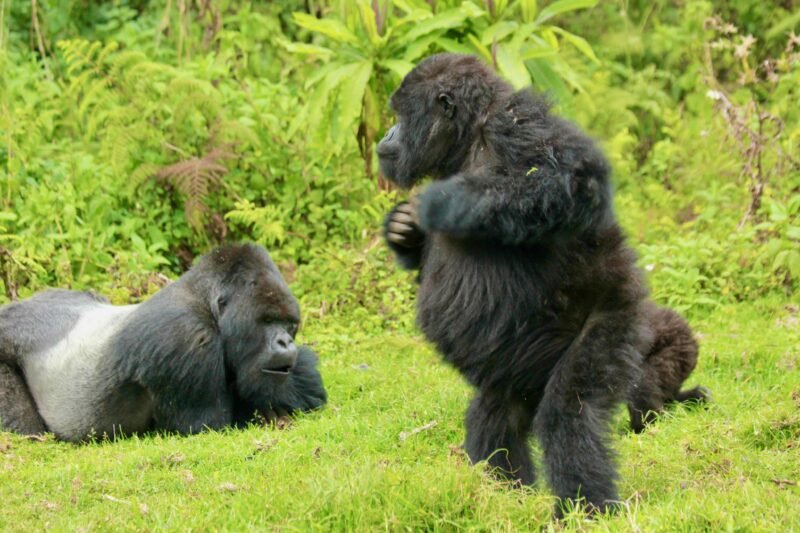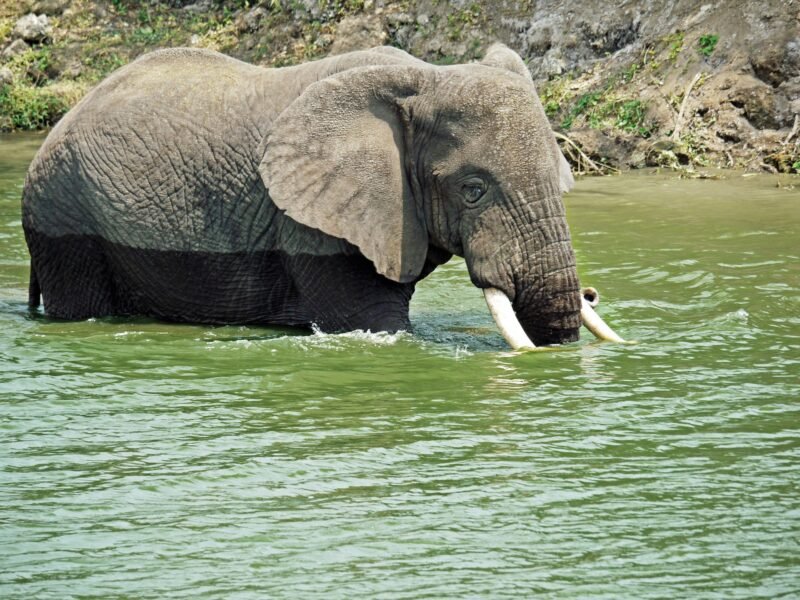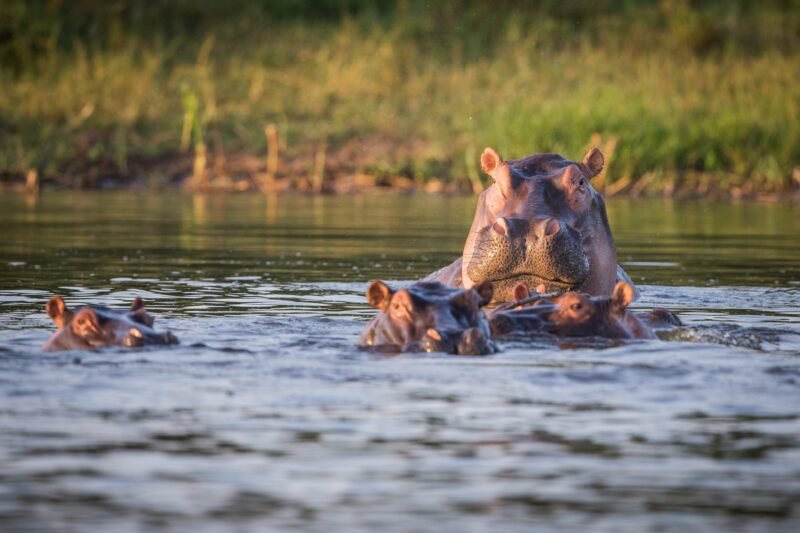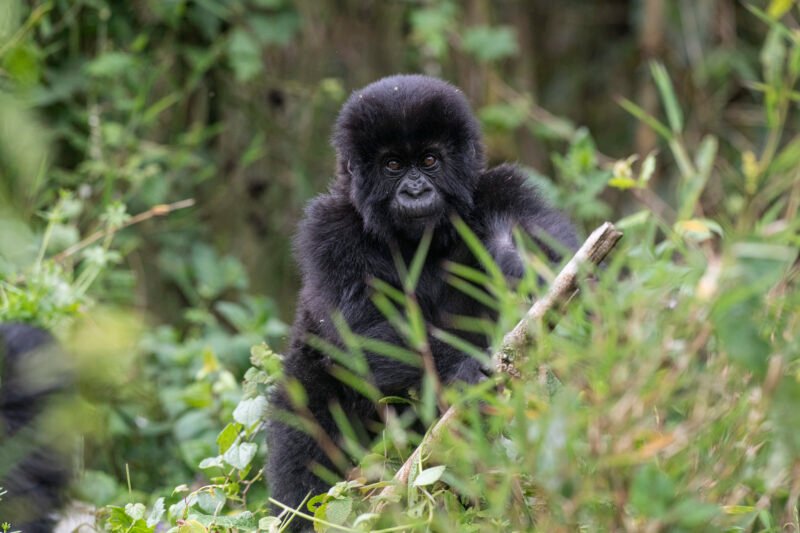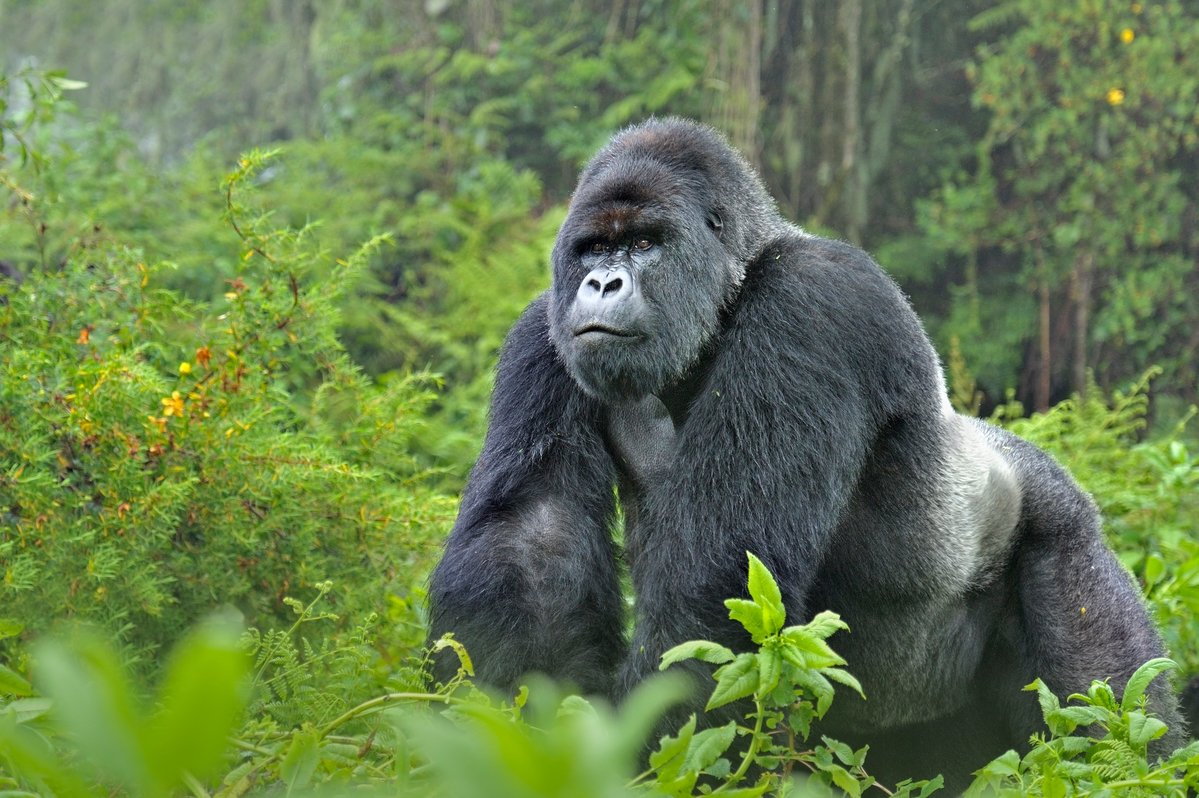
Silverback gorillas are among the most awe-inspiring creatures in the animal kingdom. Known for their commanding presence, deep intelligence, and protective instincts, silverbacks are the adult male leaders of gorilla troops. If you’re fascinated by wildlife or planning a gorilla trekking safari in Africa, understanding silverback gorillas is essential. This guide explores their size, strength, lifespan, behavior, diet, and where to see them in the wild.
What Is a Silverback Gorilla?
A silverback gorilla is a fully mature male mountain or lowland gorilla, typically over 12 years of age. The name comes from the distinctive silver-gray hair that grows on their backs as they age. Silverbacks are dominant males who lead family groups, making decisions, protecting members, and maintaining order.
Silverback Gorilla Size and Height
Silverback gorillas are the largest primates on Earth. Their size and height vary slightly depending on subspecies, but generally:
- Weight: 140–200 kg (310–440 pounds)
- Height (standing upright): Around 1.7 meters (5 feet 7 inches)
- Arm span: Up to 2.5 meters (8.2 feet)
Despite their size, silverbacks are incredibly agile and can move swiftly through forest terrain.
Lifespan of Silverback Gorillas
In the wild, silverback gorillas live up to 35 to 40 years. In protected environments or sanctuaries, they may live slightly longer — sometimes reaching up to 50 years. Their lifespan depends on habitat conditions, threats from poaching, disease, and conservation protection.
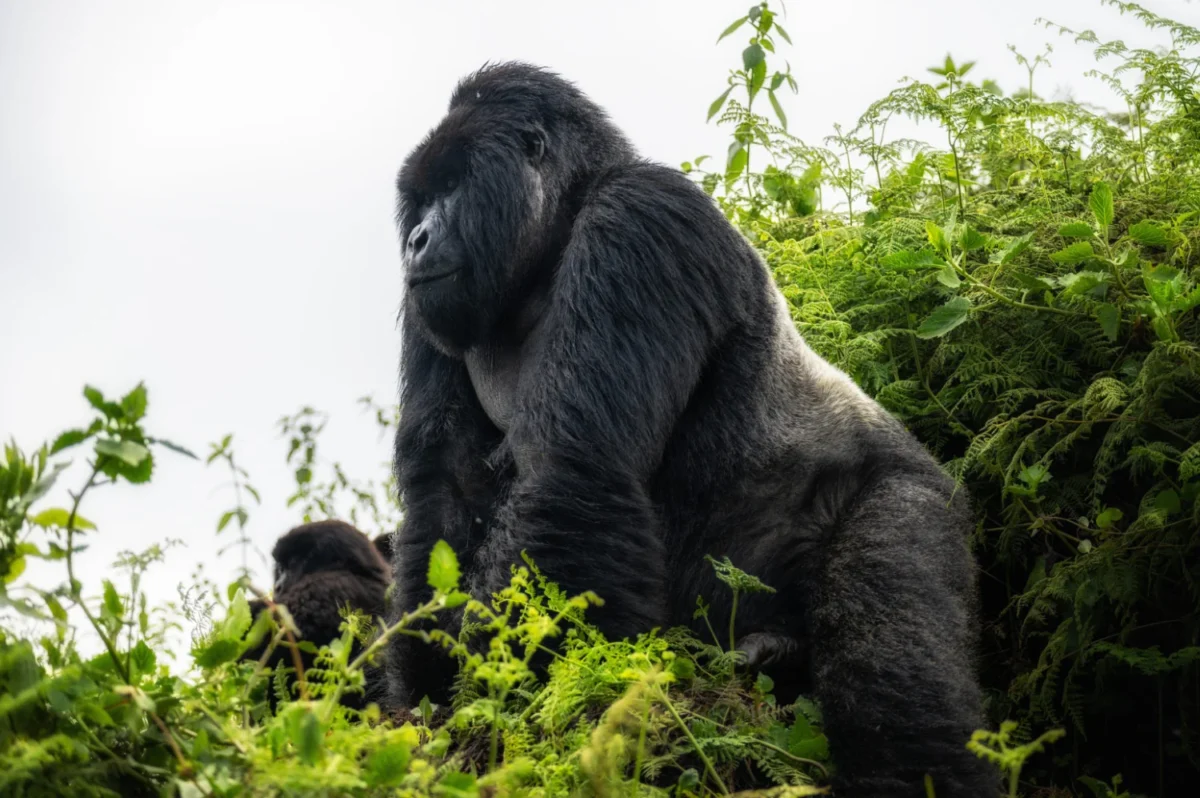
Strength of a Silverback Gorilla
The strength of a silverback gorilla is legendary. They are estimated to be up to 10 times stronger than an average adult human. A silverback can lift weights of over 800 kg (1,800 pounds) in controlled conditions. Their powerful arms, broad chest, and dense muscle mass make them capable of uprooting small trees and breaking bamboo stalks effortlessly.
This strength plays a key role in their leadership role — not for constant fighting, but for protection and deterrence. Their sheer size and display behaviors (chest beating, charging) are often enough to prevent physical confrontations.
Are Silverback Gorillas Aggressive?
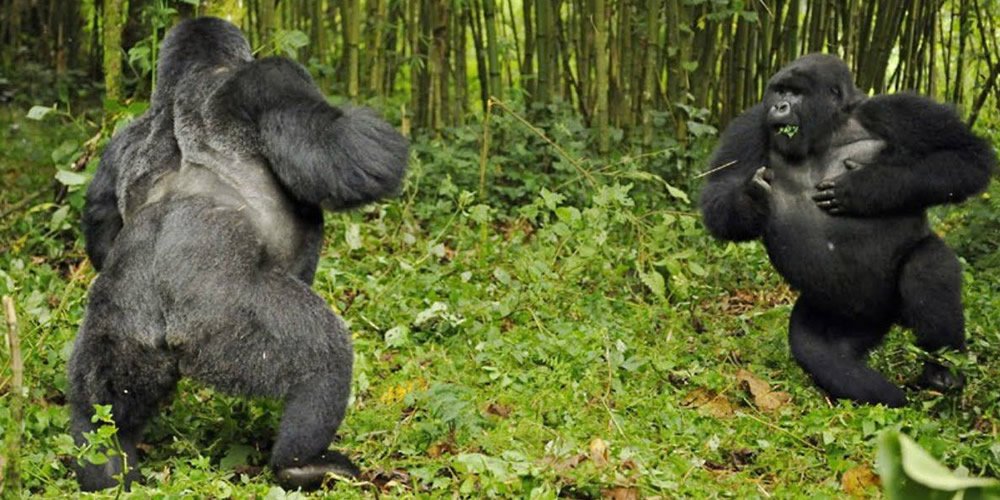
Despite their immense power, silverback gorillas are not naturally aggressive. They are peaceful, gentle, and social animals. Aggression usually occurs only when:
- Their group is threatened by predators or rival males
- They feel startled or cornered by humans
- There is competition for dominance within a troop
During gorilla trekking, trained guides instruct tourists to avoid sudden movements or direct eye contact with a silverback to prevent any perceived threat. In most cases, silverbacks exhibit calm, controlled behavior and show little interest in human visitors.
What Do Silverback Gorillas Eat?
Silverback gorillas are primarily herbivores, feeding on:
- Leaves
- Stems
- Shoots
- Bark
- Fruits
- Occasionally ants or termites
An adult silverback consumes up to 30 kg (66 pounds) of vegetation daily. Their diet helps maintain their energy and muscle mass. Because of their massive build, they spend a large portion of the day foraging and resting.
Where to See Silverback Gorillas in Africa
The only way to see silverback gorillas in the wild is by visiting the mountainous rainforests of Central and East Africa. They are found in just three countries:
- Rwanda – Volcanoes National Park
- Uganda – Bwindi Impenetrable National Park and Mgahinga Gorilla National Park
- Democratic Republic of Congo – Virunga National Park
These regions are home to the last remaining populations of mountain gorillas, including dominant silverbacks. All visits are regulated to protect the species and involve permits, trained guides, and small trekking groups.
How to See Silverback Gorillas in Africa
To see a silverback gorilla in Africa, you’ll need to:
- Book a gorilla trekking tour in Rwanda, Uganda, or DRC through a licensed safari operator.
- Obtain a trekking permit, which ranges from $400 to $1,500 depending on the country.
- Prepare for a forest hike — trekking can take 1 to 6 hours depending on gorilla location.
- Follow ranger guidelines to enjoy a safe, respectful encounter with these majestic primates.
Go Safaris Africa offers packages that include guided treks, transport, accommodation, and assistance with permits.

